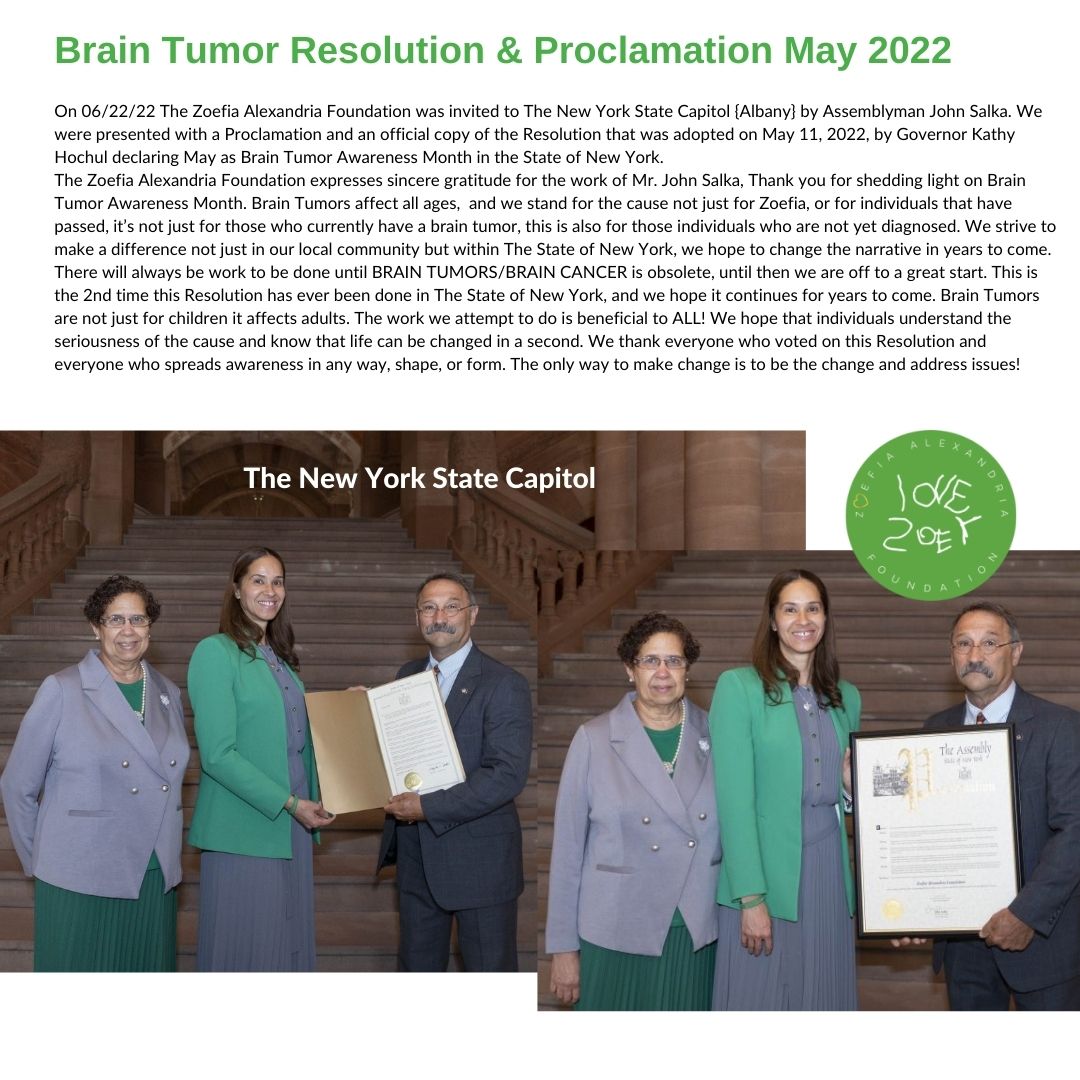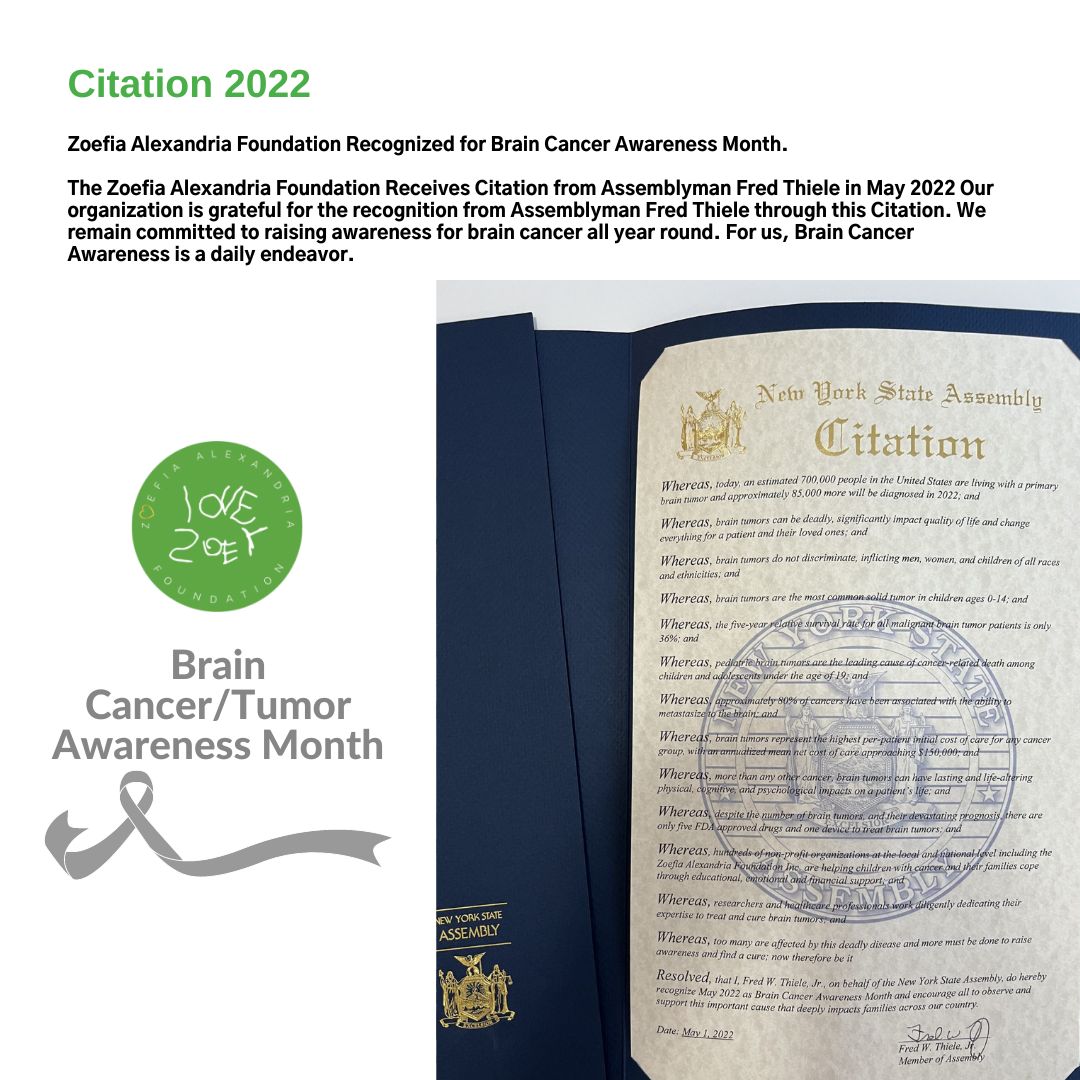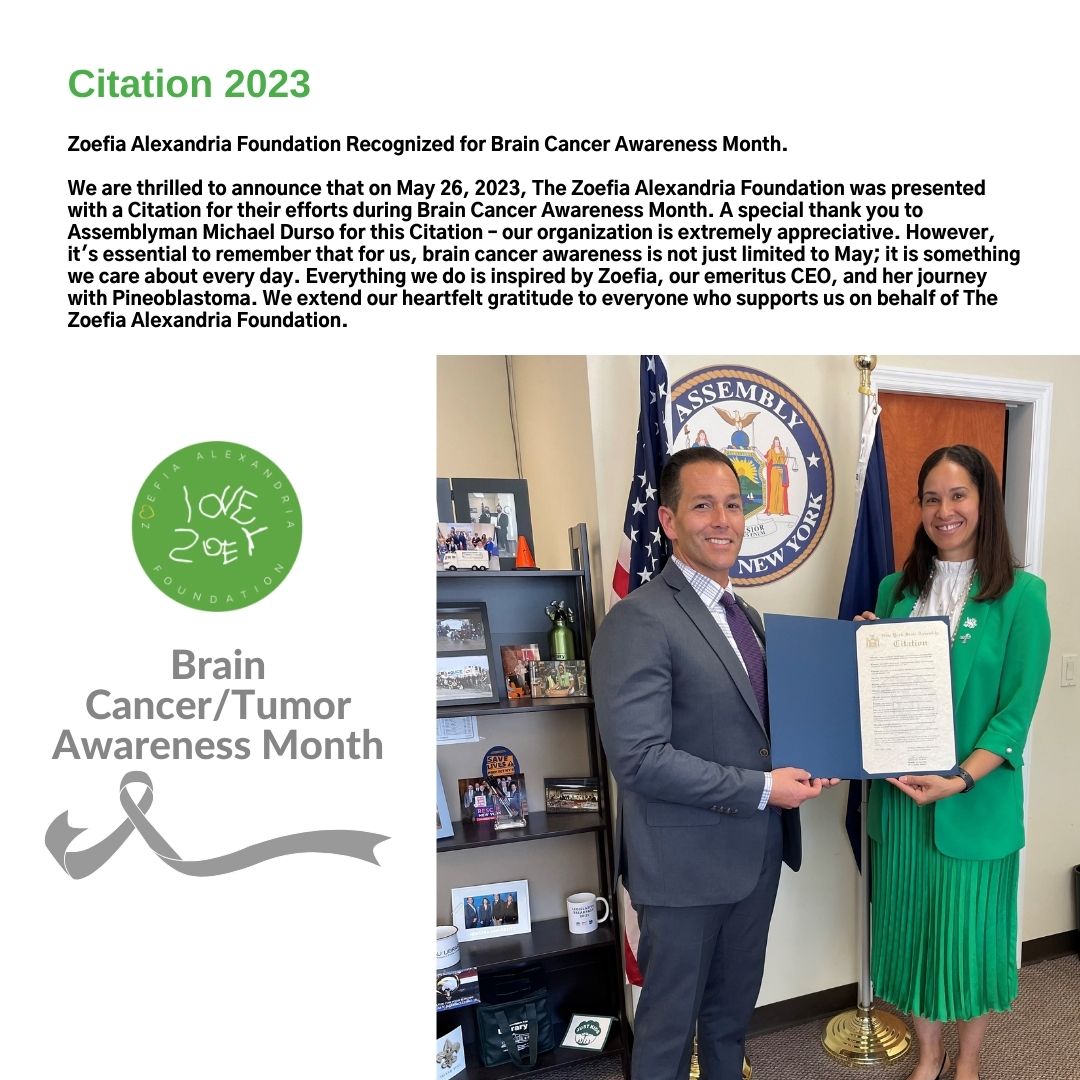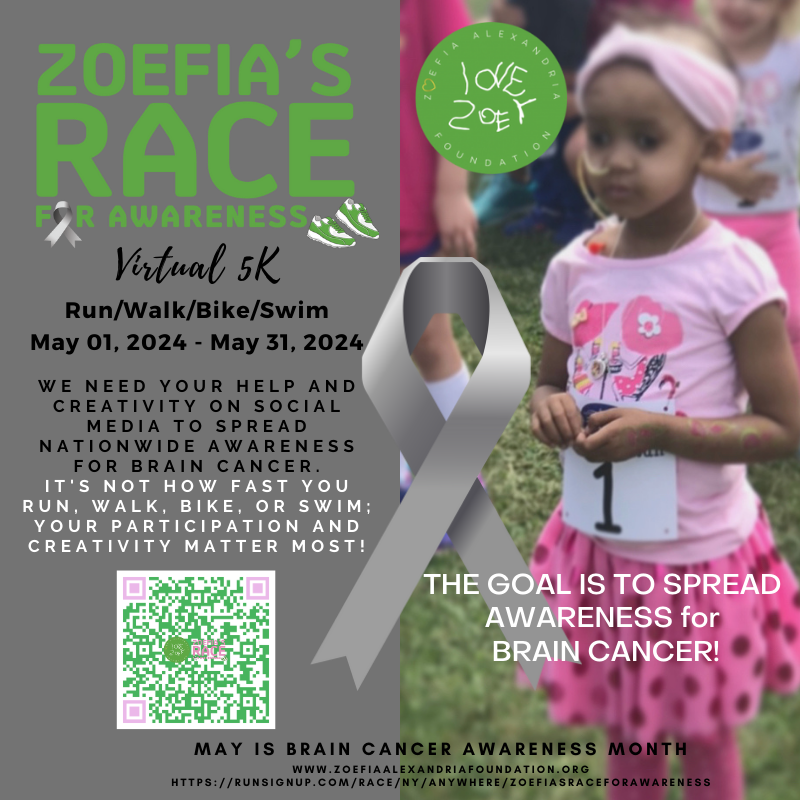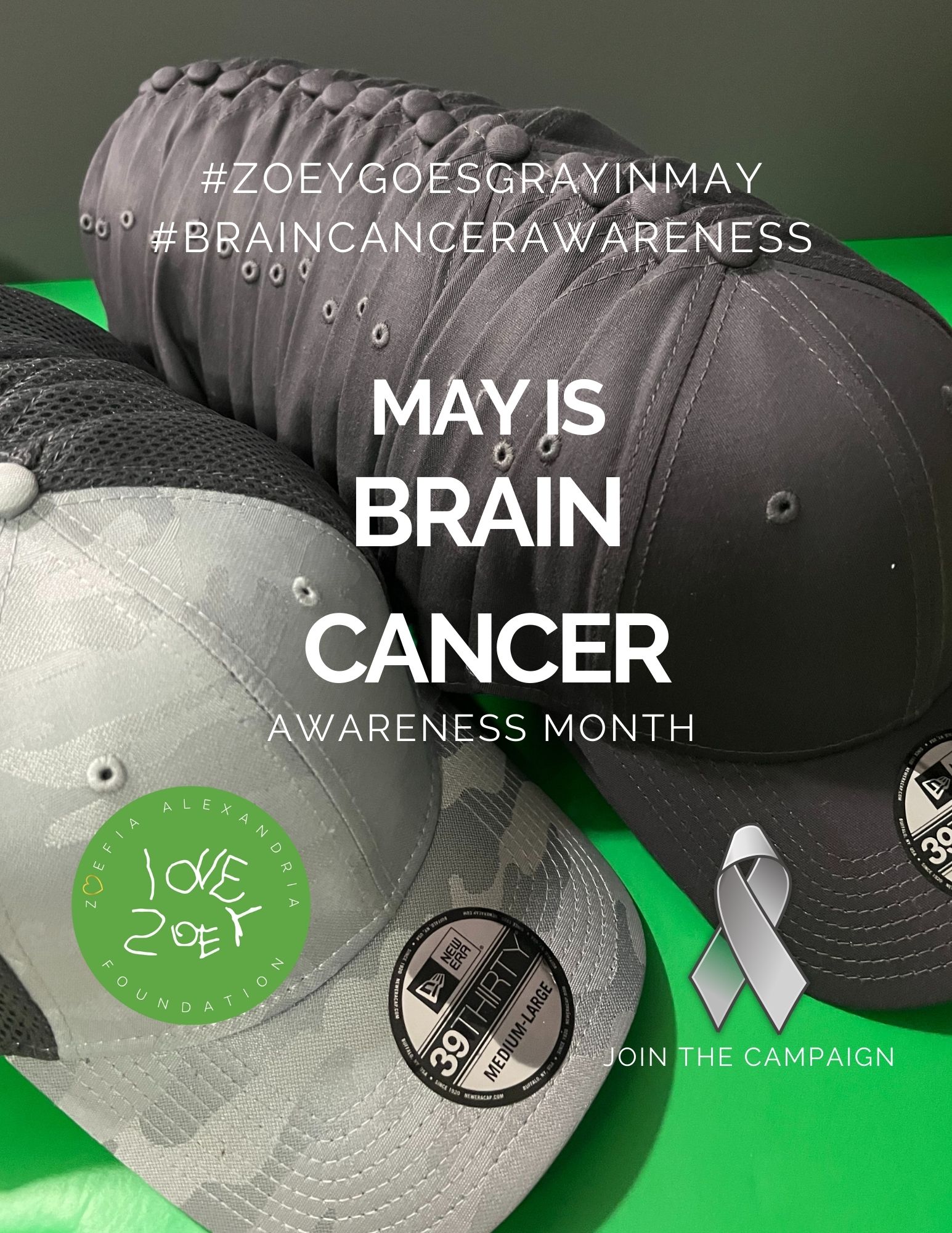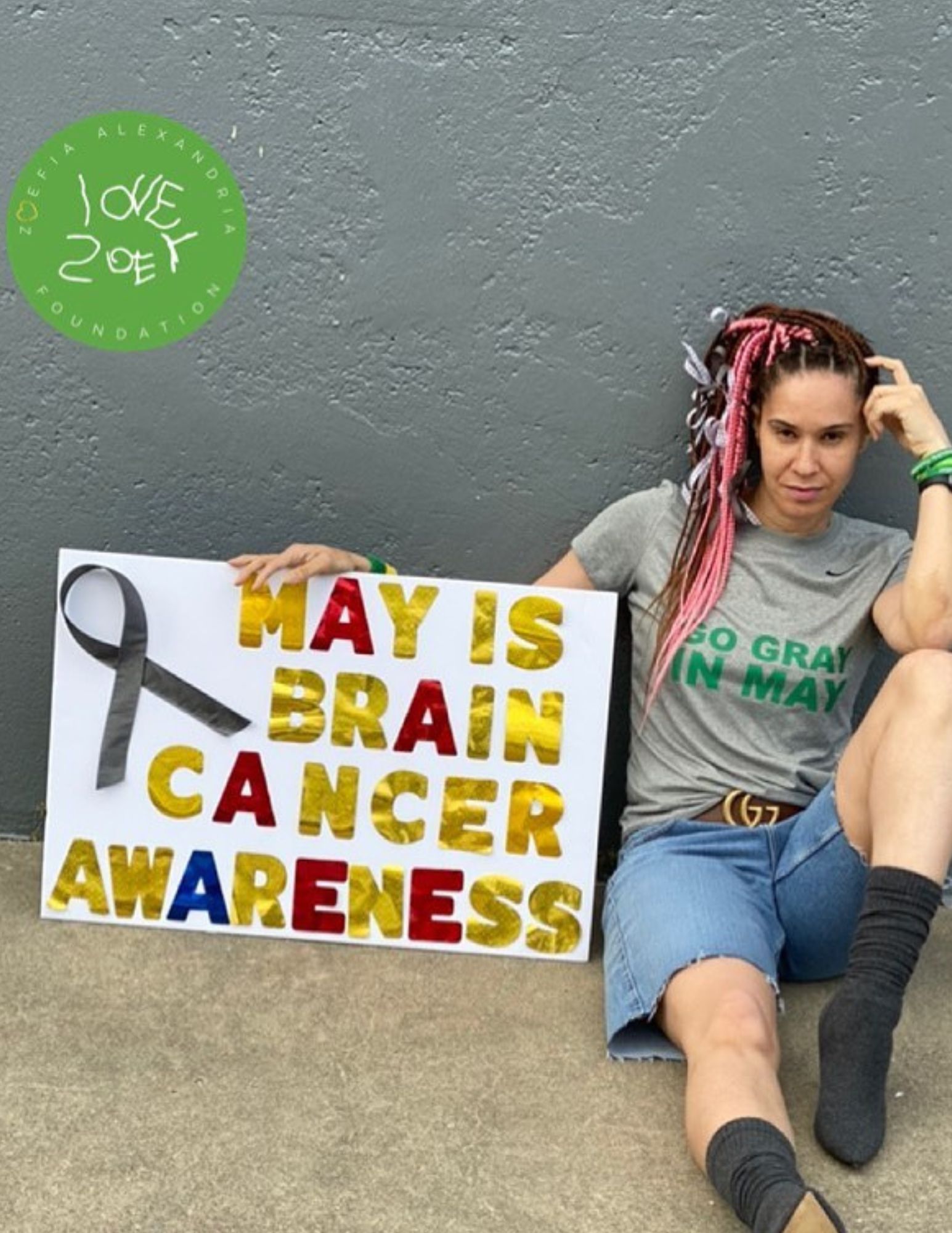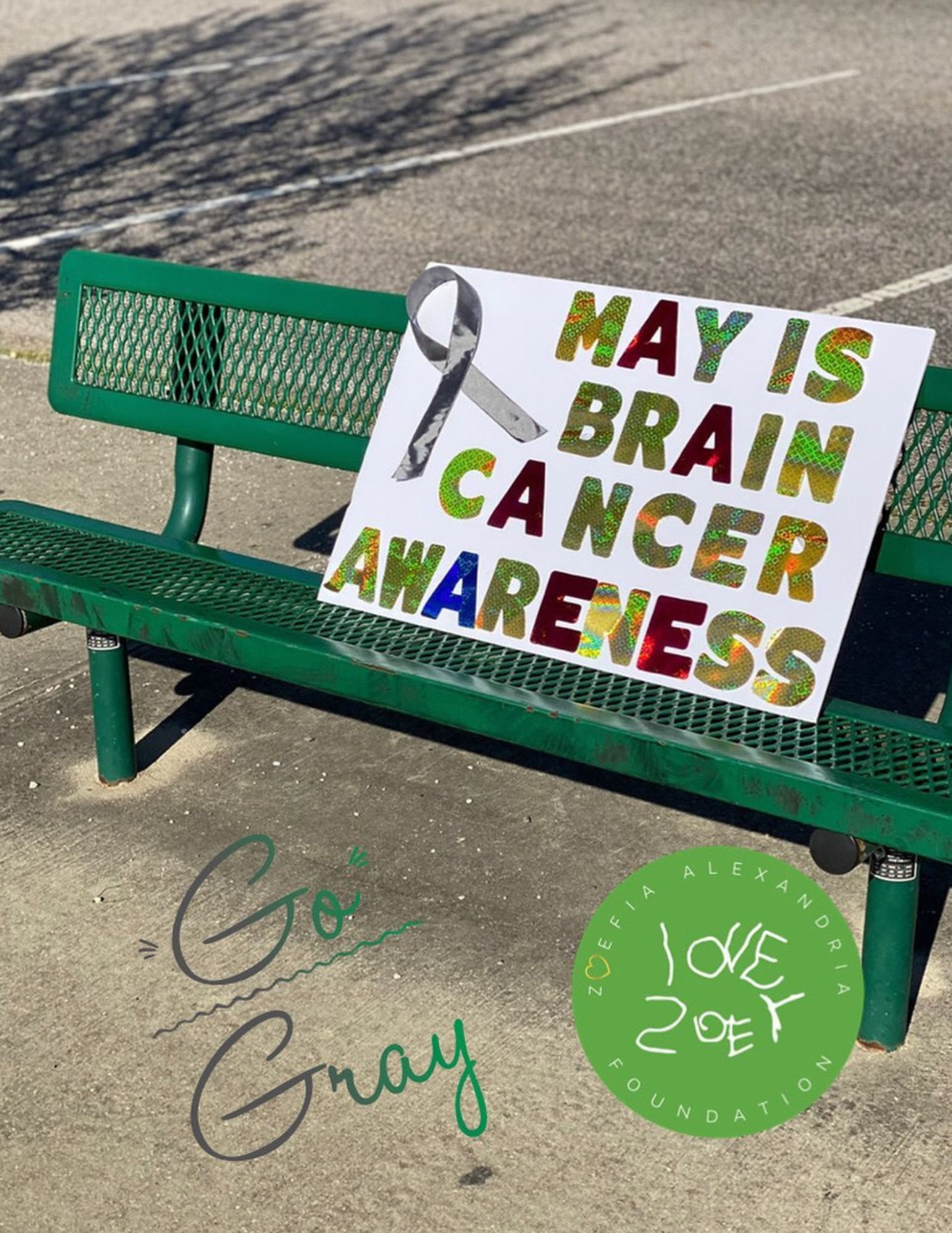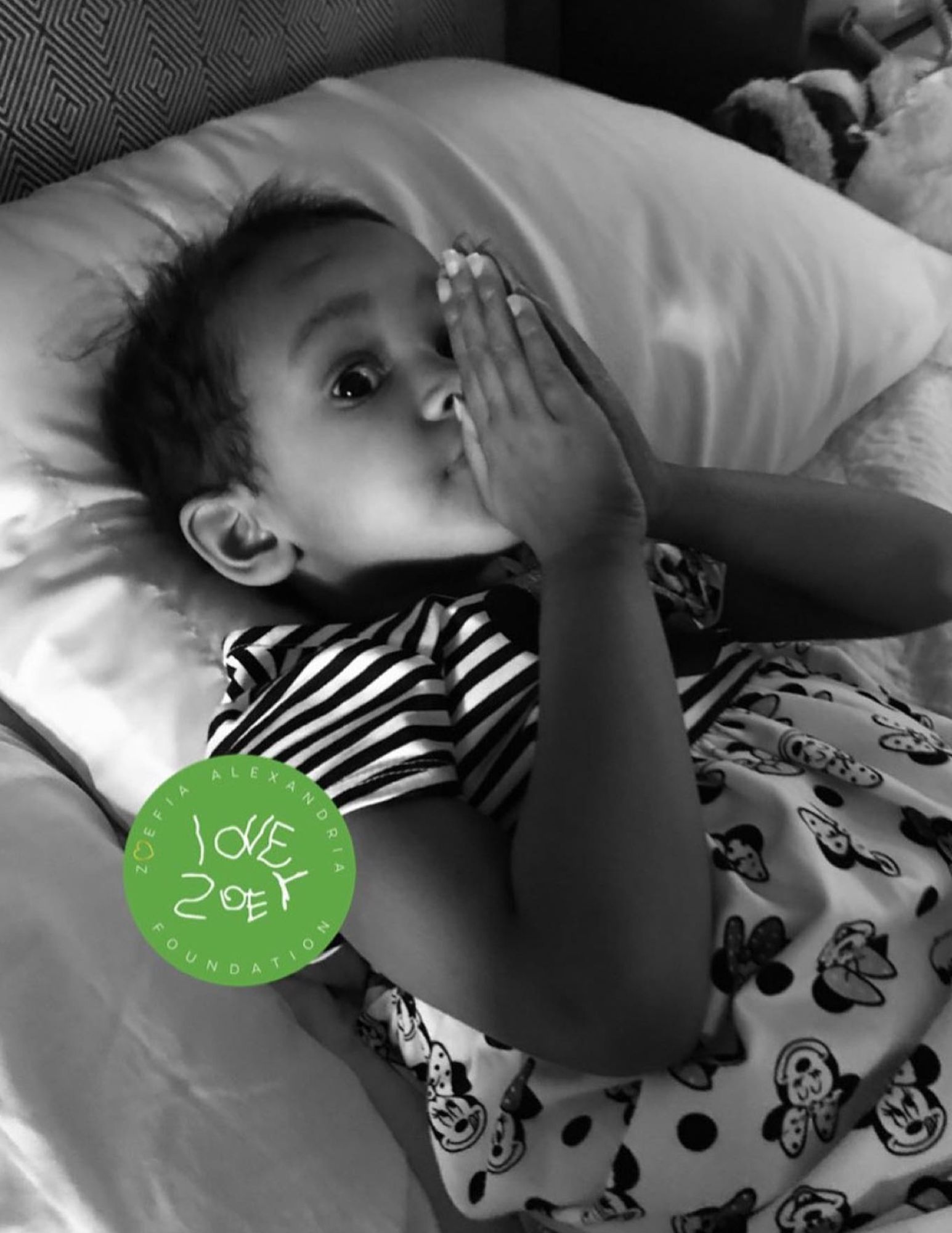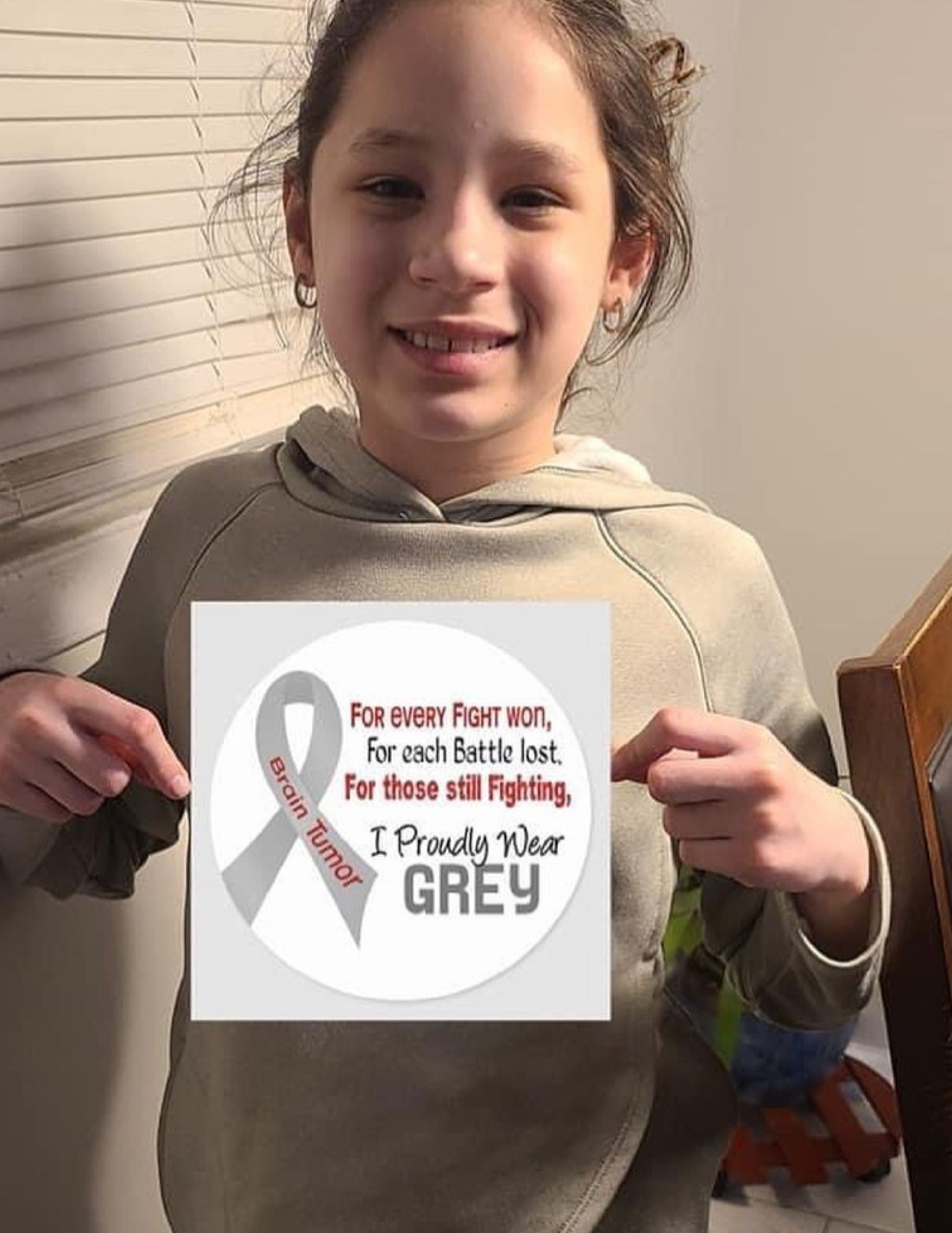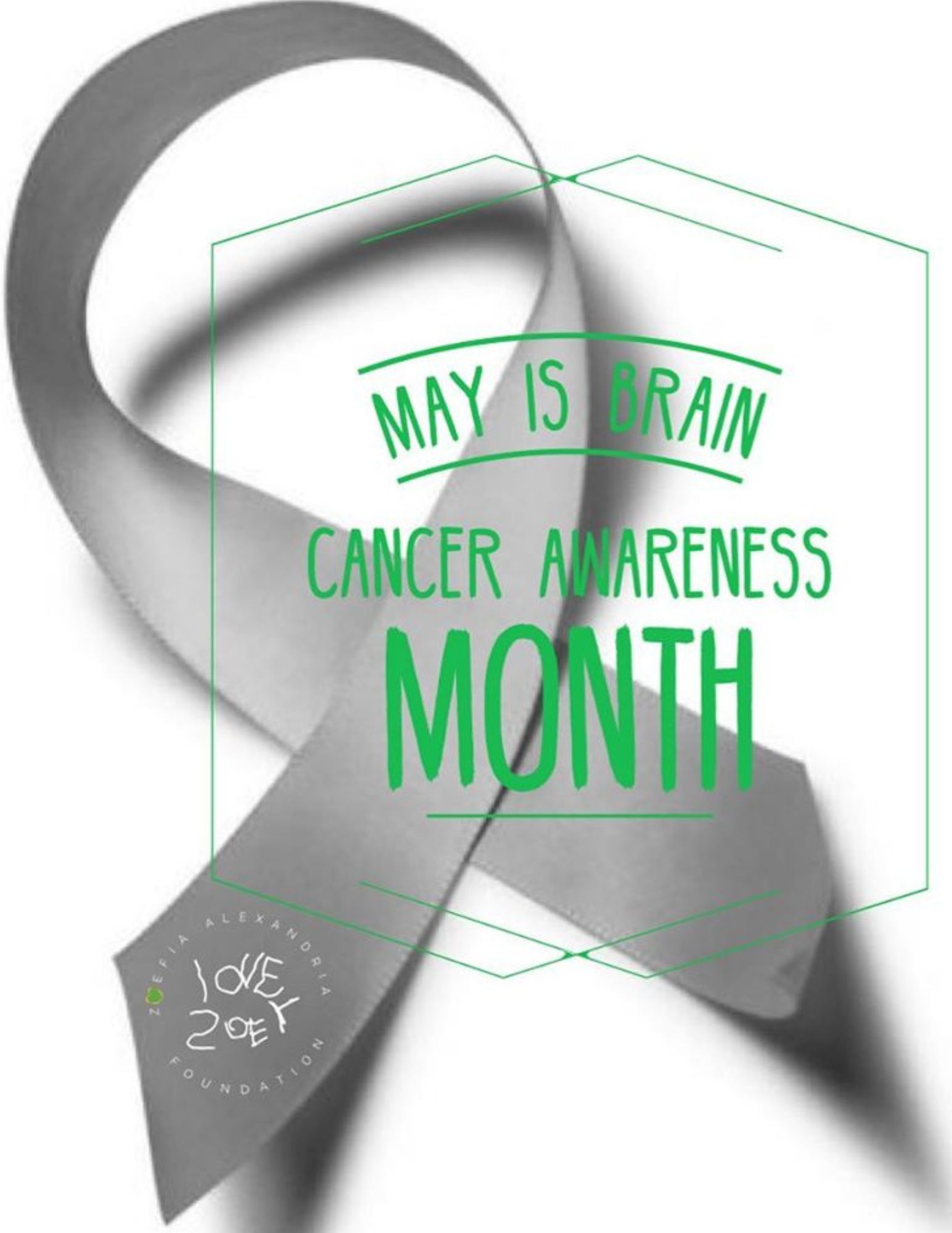The above photos of Zoefia Alexandria were taken throughout her journey with Pineoblastoma.
Some photos of Zoefia are too graphic and will NEVER be shown to the PUBLIC. As Zoefia’s mother and her best friend I will FOREVER advocate for her but I WILL ALWAYS RESPECT HER PRIVACY & OUR JOURNEY.
NY State Resolution has only been done 3 Times!
MAY IS BRAIN TUMOR/CANCER AWARENESS MONTH
We received a Proclamation, Citations & Resolutions for Brain Tumor/ Cancer Awareness Month in May.
#ZOEYGOESGRAYINMAY CAMPAIGN.

Zoefia was diagnosed with Pineoblastoma when she was 2 years old. – Pineoblastoma is a type of cancerous tumor {malignant} that arises in the area of the pineal gland. It is rare, aggressive, and fast-growing! The exact diagnosis is critical for choosing the correct therapy. Pineal tumors typically present with hydrocephalus, a buildup of fluid pressure within the brain. Individuals with Pineoblastoma live an average of 20 months after their diagnosis, and 10% of affected individuals are alive 5 years after their diagnosis.
Zoefia battled cancer for 4 years and passed away at the age of 6. This foundation was created to honor her life and battle as well as to spread awareness!
Brain Cancer Facts
New York
- We are located in New York City. New York is 11th in the country for Brain and Central Nervous System Tumors Incidence rates in children.
- Each year, about 800 men and over 600 women in New York State are diagnosed with cancer of the brain and nervous system. Almost 500 men and almost 400 women die from this disease each year in New York State. {source}
United States
- A primary brain or spinal cord tumor is a tumor that starts in the brain or spinal cord. This year, an estimated 25,050 adults (14,170 men and 10,880 women) in the United States will be diagnosed with primary cancerous tumors of the brain and spinal cord. {source}
- About 4,170 children under the age of 15 will also be diagnosed with a brain or CNS tumor this year in the United States {source}
- 688 000 Americans were living with a primary brain tumor (PBT)
- Approximately 84,000 people are diagnosed with brain tumors in the U.S. each year. {source}
- Cancer is the #1 death by disease in the country.
- 5 Year survival rate is 33.8% {Source}
- There are 120 Brain and central nervous system tumors.
- Approximately 5,900 brain and other CNS tumors will be diagnosed this year in children ages 0 to 19 in the United States {source}
- After leukemia, brain and other CNS tumors are the second most common childhood cancers. {source}
- Brain tumors are the leading cause of cancer-related death among children ages 0-14 years. {source}
- Mortality rates remain little changed over the past 30 years.
- There has never been a drug developed and approved specifically for malignant pediatric brain tumors.
- Brain tumors represent the highest per-patient initial cost of care for any cancer group.
- More than any other cancer, brain tumors can have lasting and life-altering physical cognitive and psychological impacts on a patient’s life.
- Survival rates vary by age and tumor type generally decreasing with age.
- The average survival rate for all malignant brain tumor patients is only 36%.
- Brain tumors are the most common solid cancer in children and adolescents ages 0-19 years in the U.S. {source}
The Central Brain Tumor Registry of the United States – Click Here
The National Brain Tumor Society – Click Here
The Coalition Against Childhood Cancer – Click Here
American Cancer Society – Click Here
World Health Organization – Click Here
National Cancer Institute – Click Here
{Please Note Statistics are always changing}
The Signs and Symptoms
Symptoms of brain and spinal cord tumors may develop gradually or appear suddenly from events such as seizures. This is simply a guide, these symptoms don’t necessarily mean that you have a Brain Tumor or Brain Cancer.




